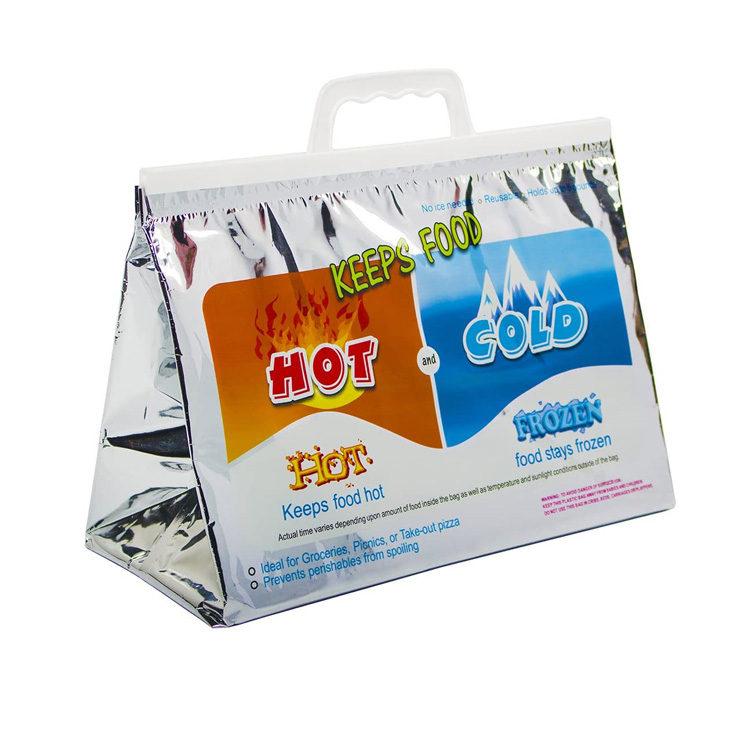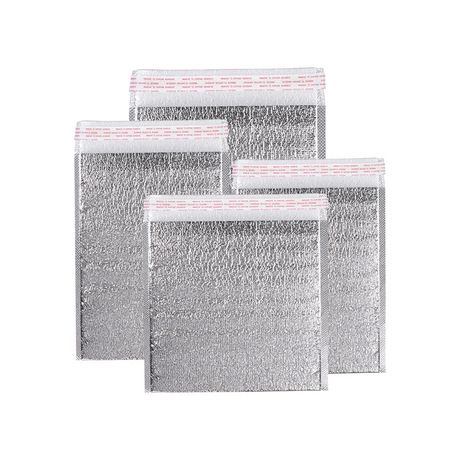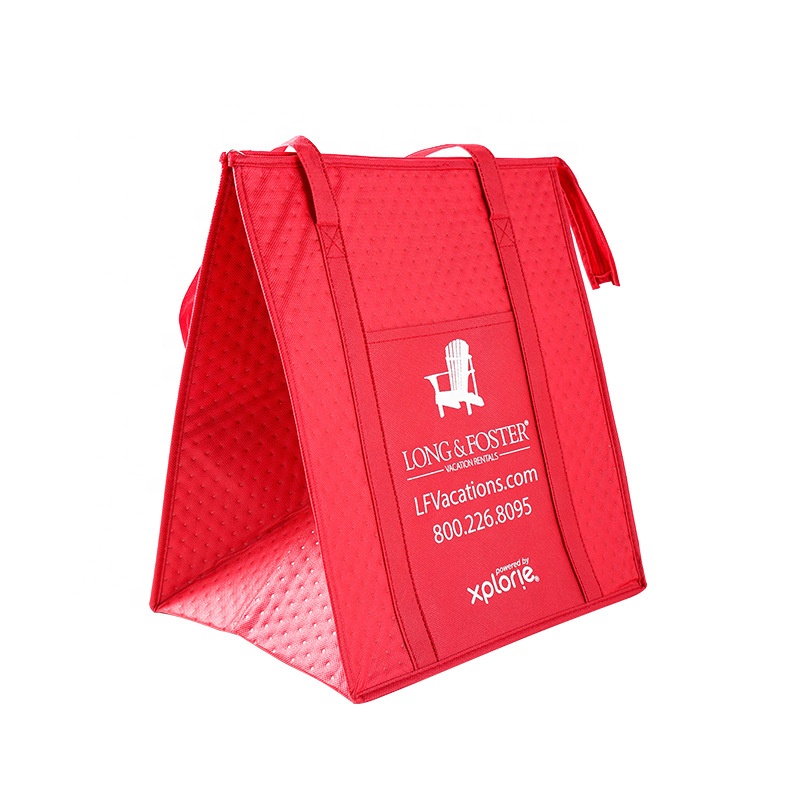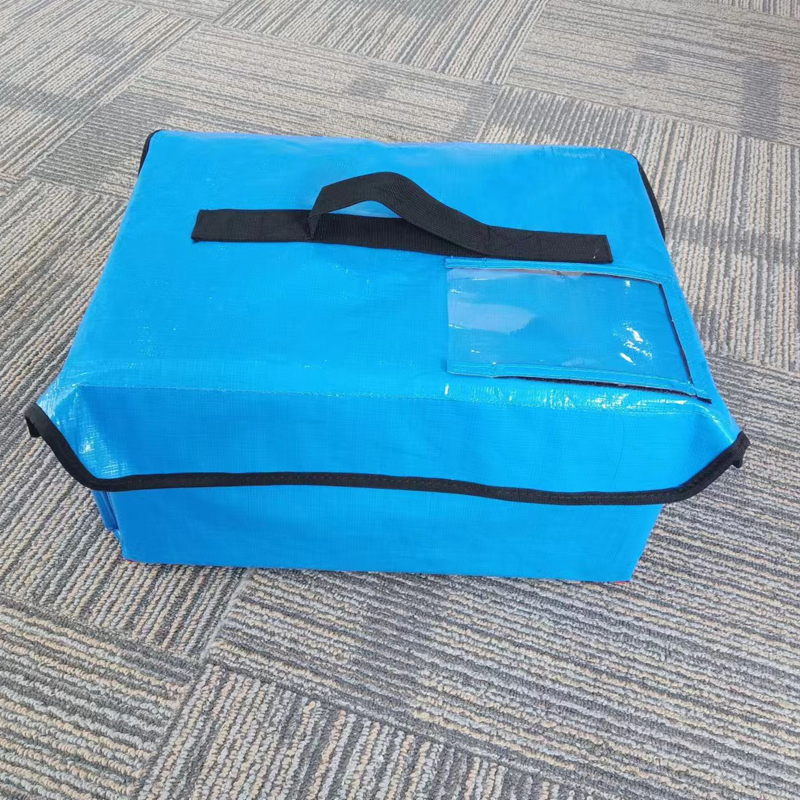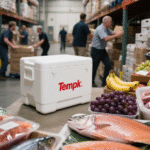How to Master Class 9 Dry Ice Safety in 2025 Cold Chain Logistics?
Handling class 9 dry ice safely prevents regulatory fines and product losses. With new 2025 IATA updates, improper dry ice shipping causes 23% more compliance violations than last year. This guide shows you step-by-step protocols to avoid hazards while cutting costs.

This Article Will Help You:
-
Navigate 2025 dry ice regulations for air/ground transport
-
Implement 5 critical safety measures to prevent CO₂ exposure risks
-
Calculate true dry ice shipping costs vs. alternatives like phase-change materials
-
Adopt new biodegradable packaging reducing ice consumption by 30%
-
Access a sublimation rate calculator for precise volume planning
What Exactly is Class 9 Dry Ice and Why Does Classification Matter?
Class 9 dry ice (UN 1845) is solid carbon dioxide regulated as a “miscellaneous hazard” due to suffocation and explosion risks. Unlike regular ice, it sublimates at -78°C (-109°F), creating 850x its volume in CO₂ gas.
Picture dry ice in a sealed container as a slowly inflating balloon. If gas can’t escape, pressure builds until packaging fails. In 2024, 37% of pharmaceutical shipping incidents involved improper dry ice venting, according to IATA’s latest hazardous materials report. That’s why 2025 rules mandate:
-
Double-vented outer packaging with ≥2% vented surface area
-
Updated diamond-shaped Class 9 labels showing UN 1845
-
Max 200 kg per air cargo unit (down from 300 kg in 2023)
Key Changes in 2025 IATA Regulations
The biggest shift? Digital documentation. Paper dangerous goods declarations are being phased out for e-DGD through platforms like DGPilot. You’ll need:
| Requirement | Old Standard | 2025 Update | Your Action |
|---|---|---|---|
| Labeling | Paper Class 9 diamond | QR-coded smart labels | Update label printers by Q3 2025 |
| Training Certificates | 24-month validity | 12-month online refreshers | Schedule bi-annual staff training |
| Incident Reporting | 72-hour window | 24-hour digital submission | Integrate IoT sensors in packaging |
Proactive Safety Protocol Checklist
-
For warehouse staff: Use ANSI-approved -100°F cryogenic gloves during handling – standard freezer gloves crack at -78°C!
-
During transport: Place CO₂ monitors in vehicle cabs; alarms trigger at 1,000 ppm (OSHA’s new threshold)
-
At destination: Always confirm receiver’s readiness – 68% of exposure incidents happen during unloading
Real Case: A vaccine distributor reduced dry ice burns by 90% after switching to electrostatically dissipative containers. Static buildup previously ignited CO₂ pockets near electronic monitors.
How Much Does Dry Ice Really Cost in 2025?
Dry ice expenses go beyond $1.50/lb purchase price. Factor in:
-
Sublimation losses: 5-10% daily even in quality coolers
-
Regulatory overhead: $120/hour for hazmat-certified handlers
-
Failed shipments: $7,000 average FDA fine for temperature excursions
Dry Ice vs. Phase-Change Materials (PCMs)
| Scenario | Dry Ice Cost | PCM Cost | Best For |
|---|---|---|---|
| 72-hour Pharma Shipment | $385 | $420 | Dry ice (superior for -70°C requirements) |
| 48-hour Food Transport | $220 | $180 | PCMs (non-hazardous, reusable) |
| Local Diagnostics (≤8 hrs) | $90 | $65 | PCMs (lower regulatory burden) |
Action Tip: Use the Dry Ice Cost Calculator at TempkTools.com/ice-calc. Input shipment duration, weight, and destination compliance rules for instant comparisons.
2025’s Game-Changing Dry Ice Innovations
Biodegradable starch-based insulation now extends dry ice efficiency by 30%. Unlike traditional polystyrene, these plant-derived panels:
-
Decompose in 6 months vs. 500+ years for foam
-
Absorb sublimating CO₂ to slow gas buildup
-
Reduce ice consumption from 5 lbs to 3.5 lbs per 24h for standard Pharma shippers
Top 3 Adoption-Ready Technologies
-
Smart Venting Containers: IoT-enabled vents open only when internal pressure exceeds 0.5 PSI – cutting sublimation waste by 22%
-
CO₂-to-Energy Converters: Capture sublimated gas to power GPS trackers during transit
-
Color-Changing Labels: Indicator strips turn red when CO₂ concentration hits dangerous levels (>5,000 ppm)
Industry Insight: Leading cold chain operators report 18% lower costs using hybrid dry ice/PCM systems. Pre-chilled PCMs maintain -20°C while smaller dry ice quantities handle ultra-cold spikes.
Frequently Asked Questions {#faq}
What’s the maximum dry ice allowed in passenger aircraft?
2.5 kg (5.5 lbs) per package, with no more than 200 kg total per flight. Always use IATA’s Packing Instruction 954 for 2025 updates.
Can dry ice damage temperature-sensitive vaccines?
Yes, if placed directly against vials. Always use secondary barriers like cellulose pads to prevent -70°C “freezer burn” on biologics.
How often must dry ice handlers be recertified?
Yearly under 2025 rules. Online hazmat courses like Tempk’s Dry Ice Safety Masterclass satisfy IATA/OSHA requirements in 4 hours.
Key Takeaways for 2025 Compliance
-
Prioritize smart packaging with built-in pressure vents and CO₂ sensors
-
Audit transport costs monthly – hybrid dry ice/PCM solutions save 15-30%
-
Digitize documentation using e-DGD platforms to avoid $3k+ paper violations
-
Train staff quarterly on new PPE standards and emergency venting procedures
Next Step: Download Tempk’s 2025 Dry Ice Compliance Checklist at Tempk.com/ice-guide. Print and post in packing areas for daily reference.
Why Partner With Tempk?
At Tempk, we engineer cold chain solutions tested at -80°C. Our dry ice optimization audits have helped 350+ clients:
-
Reduce ice consumption by 33% using AI-driven volume calculators
-
Achieve 100% IATA compliance with real-time document verification
-
Cut incident response time from hours to minutes via IoT alerts
Consult our cold chain specialists today for a free dry ice risk assessment. Let’s build your 2025-proof logistics strategy.









